The Canadian Cannabis epidemic
In a recent report by the New York Times, the most populace city in Canada, Toronto, was described as the wild west of marijuana shops. According to the report, Ontario's provincial government permitted the shops, by emergency order, to keep operating during the COVID 19 pandemic, even during lockdowns.
During this period, to the investors' delight, shares and stocks of licensed medical marijuana growers in Canada have multiplied in price.
However, the marijuana business was already expected to flourish even before the pandemic started in 2019, right after Canada's Prime Minister, Justin Trudeau, to fulfill a campaign promise, introduced legislation to legalize the recreational use of marijuana in Canada.
Eventually, the Government of Canada legalized cannabis for recreational use on October 17th, 2018. The Cannabis Act creates a legal and regulatory framework for controlling the production, distribution, sale, and possession of cannabis in Canada.
Canada is now the second nation after Uruguay to completely legalize marijuana as a consumer product in an effort to extinguish the criminal trade and keep the substance out of the hands of the youth by regulating the market.
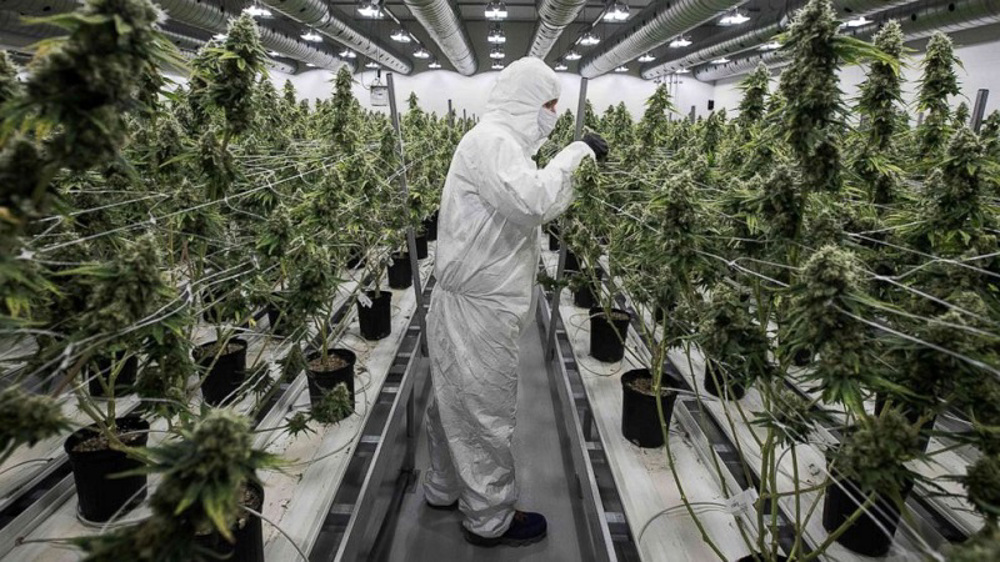
However, growing, importing, exporting or selling marijuana, particularly to minors, outside licence channels, is all still considered a serious crime.
Meanwhile, critics of the cannabis law highlight the damaging impact to society of the widespread use of the drug.
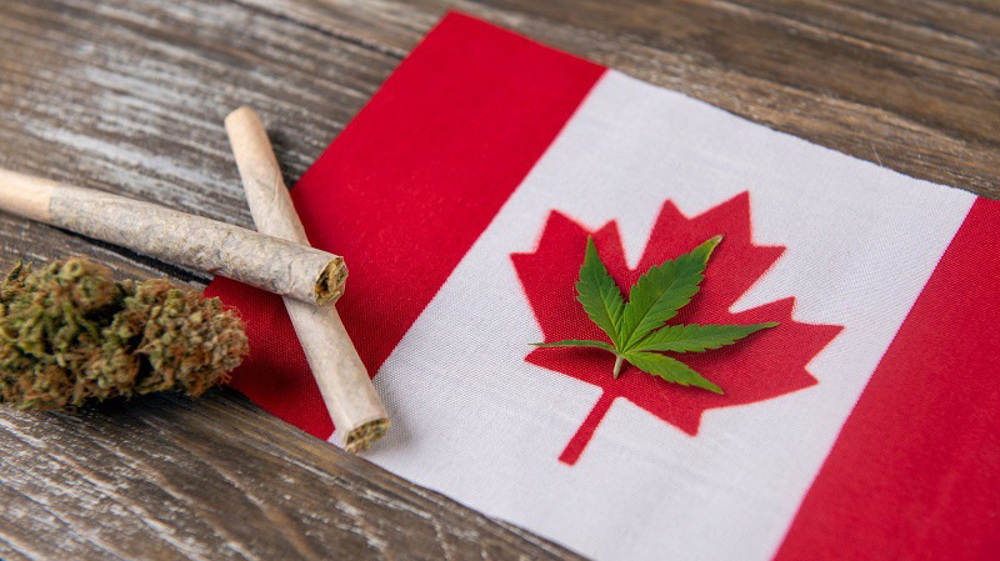
When the use of cannabis becomes more widespread, the drug can also have downsides, including acute injuries and illnesses. In some cases, it could lead to Cyclical Vomiting Syndrome, CVS, a condition characterized by vomiting and severe abdominal pain. Those who use cannabis are more prone to mental health issues.
While many shops remain closed in Toronto, following several rounds of lockdowns and many office towers in the city remain mostly empty, the marijuana shops, apparently, had a booming business. They were permitted, by provincial government emergency order, to keep operating during the pandemic.
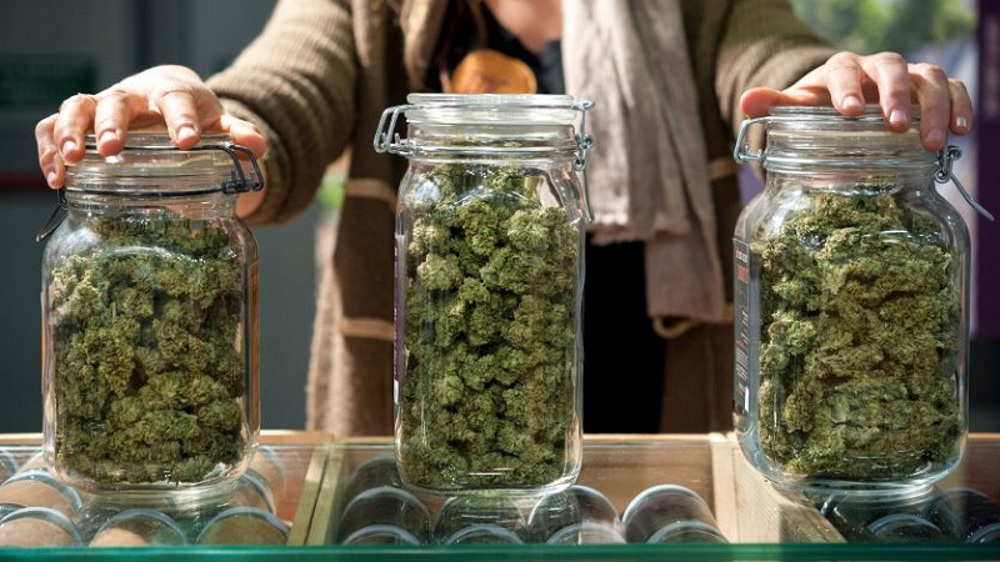
In March 2020, during the early months of the pandemic, there were only 12 cannabis shops, but now there are 430 shops, with another 88 underrgoing the approval process.
When the administration of Prime Minister Justin Trudeau legalized marijuana in 2018 the primary goal was to create a more equitable justice system by putting an end to heavily “racialized” arrests for possession, not a major new business sector.
It's not a model which creates hope, smoking cannabis, I'm not even sure it's an addiction, but it certainly makes you passive and we need to change the world. We need hope and struggle, and the passivity of excessive and larger use of cannabis is a bad thing. And Canada allowed it because they don't want the people to fight back.
John Philpot, International Lawyer, Activist and Analyst
According to a recent government sponsored report, in only three years, sales of legal marijuana in Ontario have outpaced estimates of unlicensed sales and boosted the economy by $10.6 billion. Polls indicate that more Canadians consume it than they did before, 25% of people over 16 years of age.
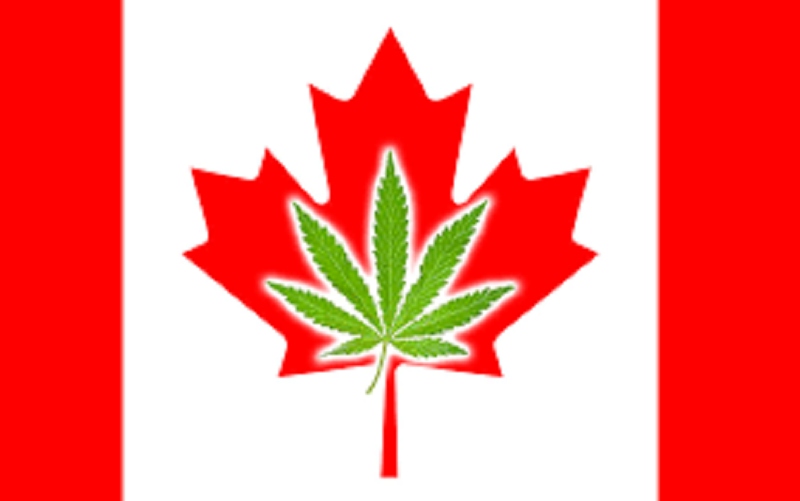
Hamas thanks Iran, Resistance Front following achievement of ceasefire in Gaza
'Capitulation': Israeli officials and media concede Gaza defeat as truce unfolds
'Gaza has won': Social media users react to ceasefire with mix of relief, joy
Iran seeks South Korea’s assistance for AI, fiber-optic projects
VIDEO | Iran's 'Eqtedar' (Power) maneuver
Israel hits HTS military target in Syria for 1st time since fall of Assad
VIDEO | Press TV's news headlines
Israel has slaughtered 13,000 students in Gaza, West Bank


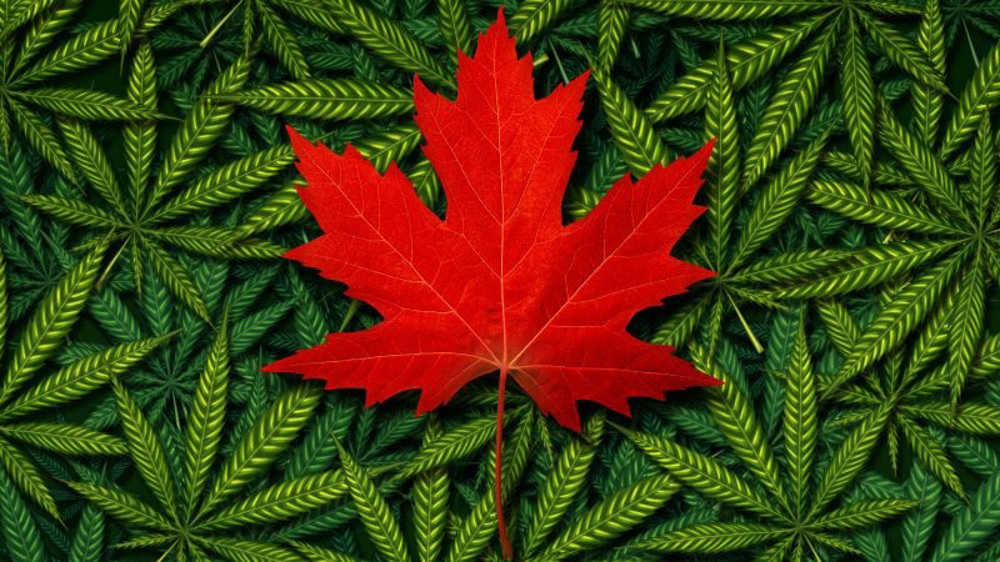
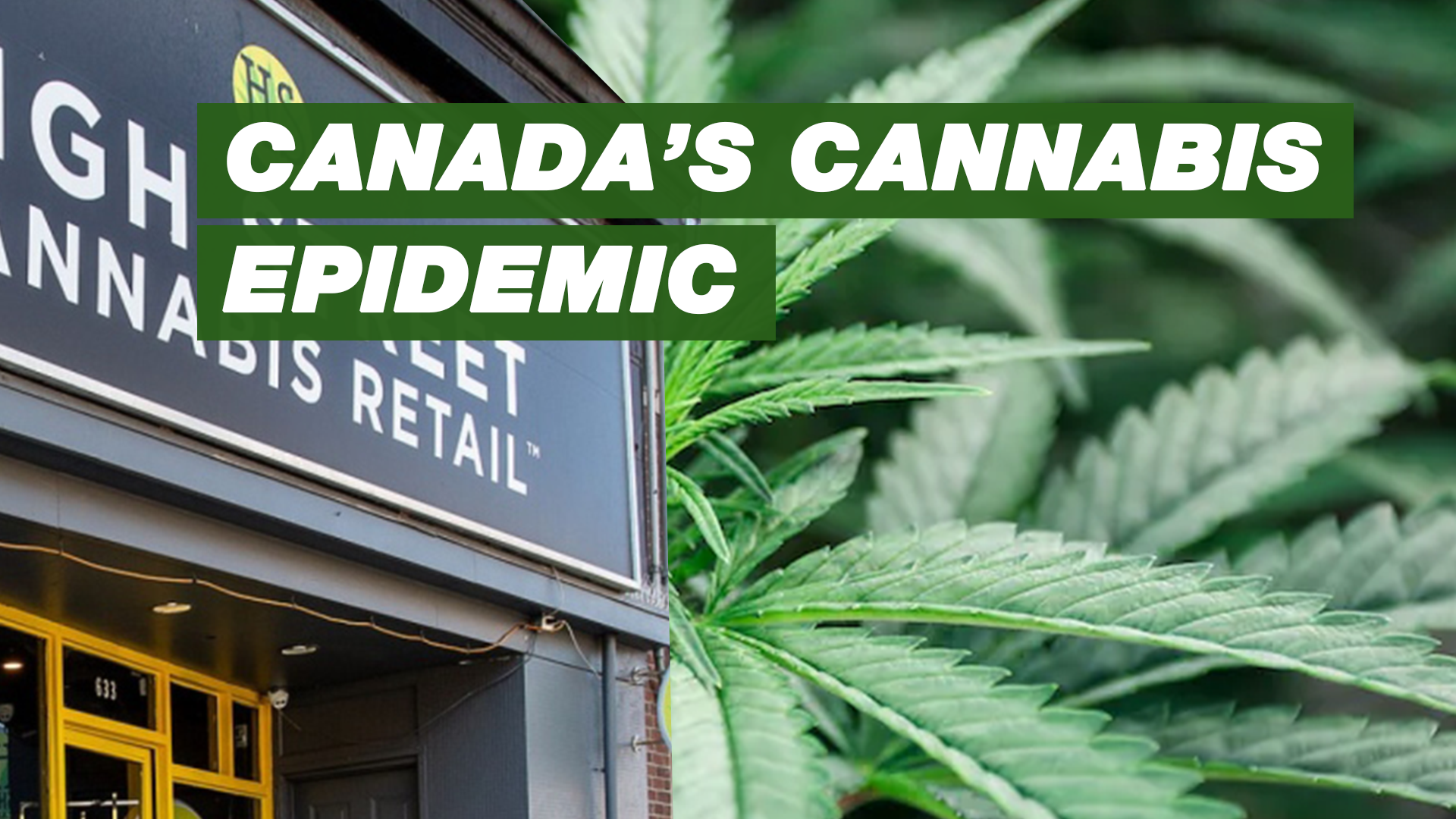


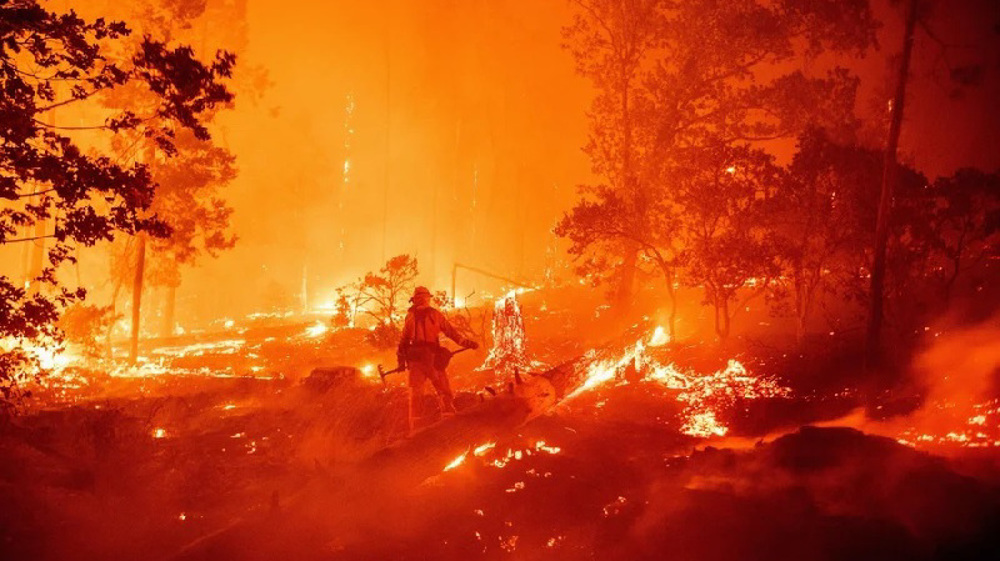




 This makes it easy to access the Press TV website
This makes it easy to access the Press TV website